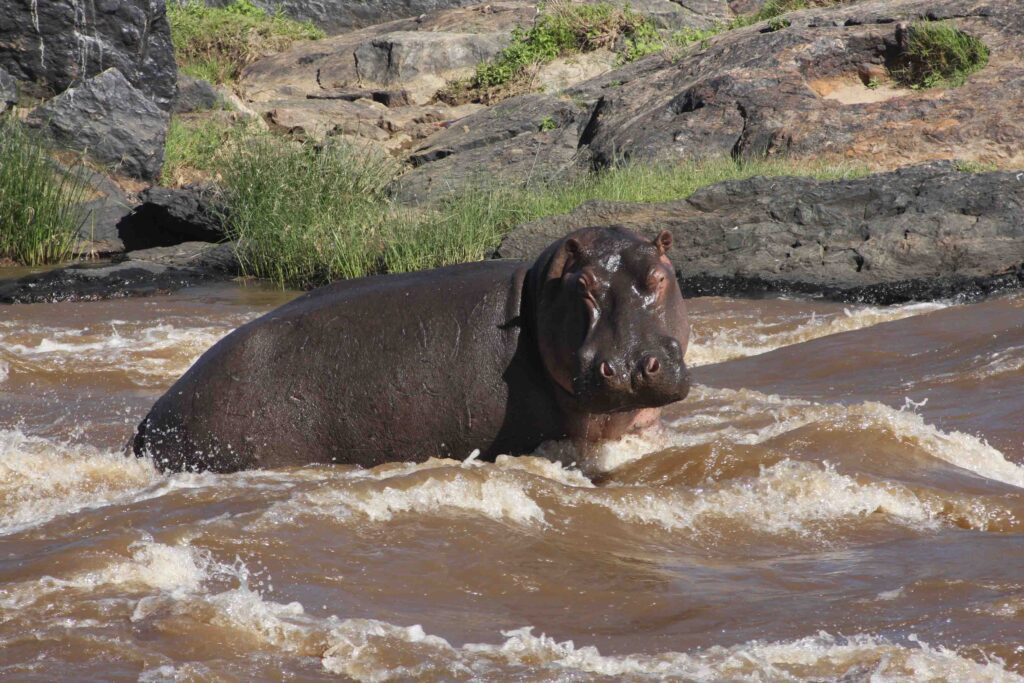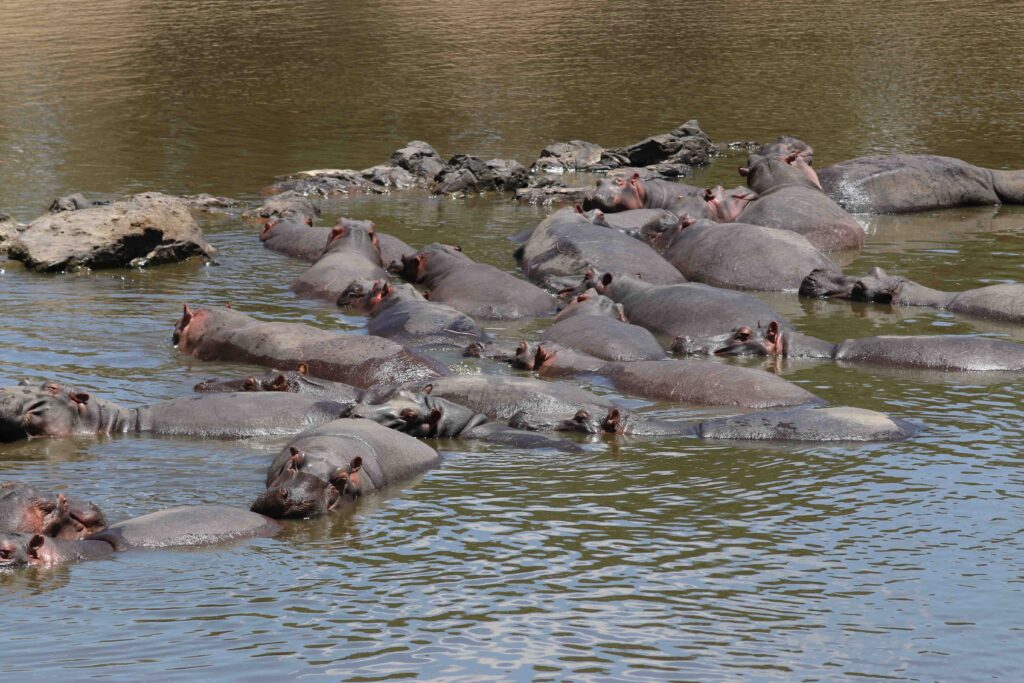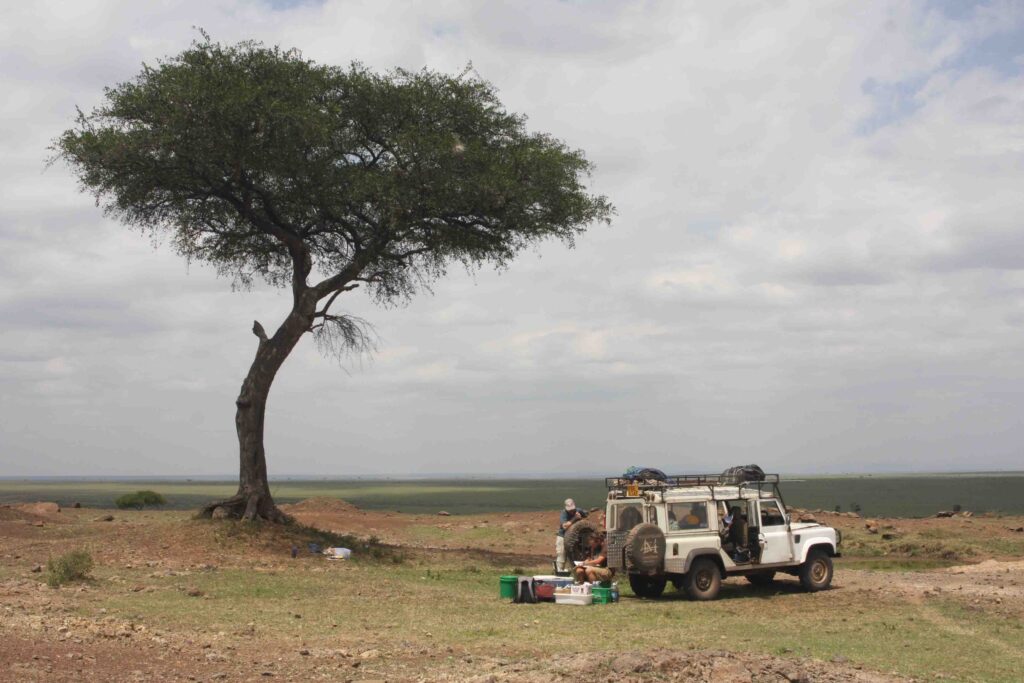
Understanding Algal Activity in Oligotrophic Waters
July 10, 2023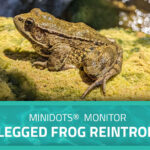
miniDOTs® Monitor CA Red-Legged Frog Reintroduction
October 19, 2023miniDOT® Loggers in East Africa’s Mara River
Project Details
- PRODUCT(S): miniDOT® Logger
- APPLICATION: Surface Water
- PARAMETER: Dissolved Oxygen, Temperature
- LOCATION: Mara River, Eastern Africa
- ORGANIZATION: Yale University, University of Florida, & National Museums of Kenya
- RECOGNITION: Amanda Subalusky and Christopher Dutton
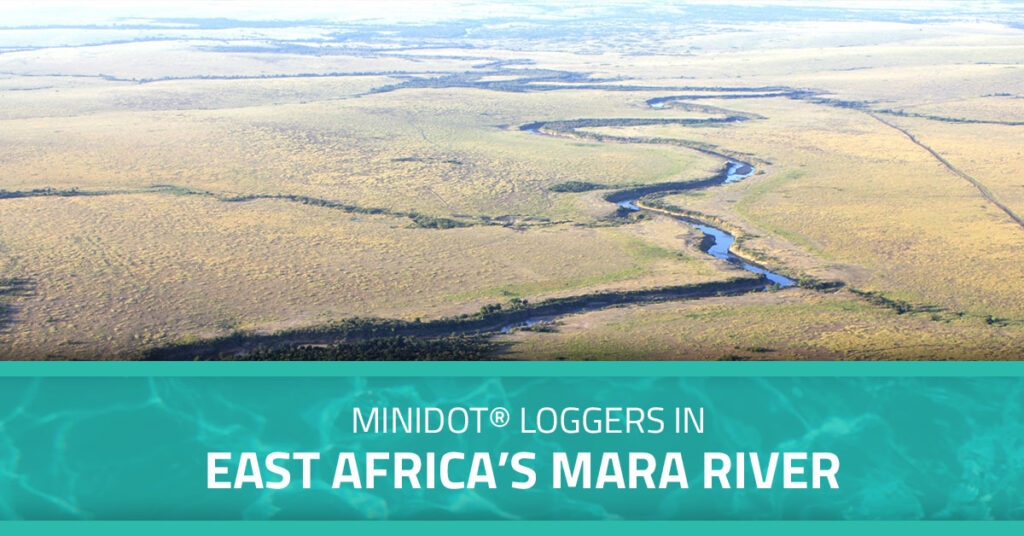
Case Study Description
Taking shape from Kenyan tributary streams, the Mara River is a defining feature winding through Eastern Africa’s Serengeti region. Before discharging into Tanzania’s Lake Victoria, the Mara snakes across miles of savannah grasslands, serving as an important source of water for the territory’s diverse wildlife. While lions, zebras or elephants may visit the river for a drink, other animals like hippopotamus (hippos) have evolved to spend their lives close to the Mara’s banks. Due to this proximity, the dietary and subsequent digestive habits of hippos act as a natural bridge between the terrestrial and aquatic ecosystems. Dr. Amanda Subalusky and her colleagues have been conducting research in and around the Mara River since 2008, with recent data collection targeting the relationship between large mammal excrement (or subsidies) and fluctuations in the aquatic ecosystem’s functions.
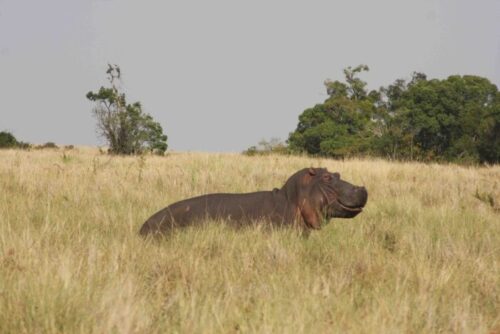
Ecology and Excrement
By measuring levels of dissolved oxygen and temperature in aquatic bodies, researchers can use what’s known as a “single-station approach” to calculate ecosystem metabolism, or the energy processed within a given ecosystem. In this project, Subalusky specifically investigates what ecosystem metabolism reveals about primary and secondary production in the Mara River. Primary production refers to the production of biomass by plant life such as algae, whereas secondary productivity refers to biomass created by heterotrophs. With nearly 4,000 hippos supplying consistent quantities of biomass into the Mara’s waters, Subalusky’s team were able to measure fluctuations in productivity along a naturally increasing downstream gradient.
Methodology & Observations
Subalusky and her team deployed six miniDOT® Loggers at separate sites in the Mara River. While similar studies on subsidies’ impacts in aquatic ecosystems revolve around seasonal inputs, the hippos’ year-round residence allowed Subalusky to measure the impact of their inputs spatially over an 18-month period. The sheer quantity of biomass made biofouling an unavoidable obstacle, however the miniDOT®s optode-design proved itself sufficiently resistant to interference from particulate matter.
Data was retrieved in-field on a monthly basis, except on a handful of occasions where nature intervened. One of Subalusky’s miniDOT®s met its untimely end when it was crushed underfoot – or under hoof— by an unidentified pachyderm. Despite sustaining considerable damage, the logger’s internal SD card is still thought to be in fair condition. Subalusky retrieved the miniDOT® and is presently working with PME engineers to retrieve any viable data the card may contain.
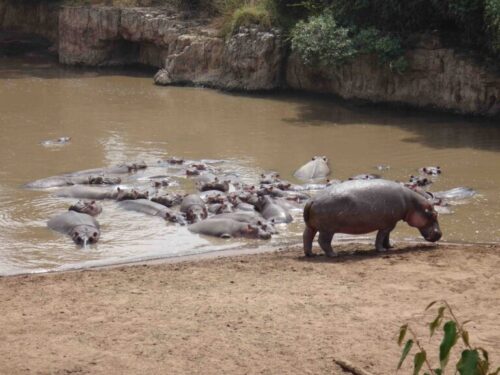
As Subalusky and her colleagues continue to comb their extensive datasets, they hope to confirm some working theories based on previous research endeavors. While the hippos’ interaction with the Mara’s ecosystem has clear trophic implications, the exact point of subsidy saturation corresponding to decreases in production remains encrypted in data. Subalusky maintains there is still much to learn, but that this research informs theoretical understandings of disparate ecosystem interaction. Furthermore, studies such as this can highlight how large migratory wildlife shape waterways, offering researchers a glimpse into the past when wildlife populations like those in the Serengeti directly impacted global waterways.
With several exciting prospects on the horizon (such as an upcoming exhibit with colleagues at the National Museum of Kenya) we encourage everyone to keep an eye out for PME’s follow-up case study on Subalusky’s emerging findings.
Product Description
 The miniDOT® Logger is a completely submersible instrument that logs dissolved oxygen and temperature measurements. Data is recorded on the internal SD card and operational functions, like setting time and sample intervals, can be accomplished via USB cable.
The miniDOT® Logger is a completely submersible instrument that logs dissolved oxygen and temperature measurements. Data is recorded on the internal SD card and operational functions, like setting time and sample intervals, can be accomplished via USB cable.
The oxygen sensor is an optode that measures dissolved oxygen concentration in water through a fluorescence method.
The miniDOT® can withstand temperatures ranging from 0 – 35°C with a depth rating of 300 meters.


